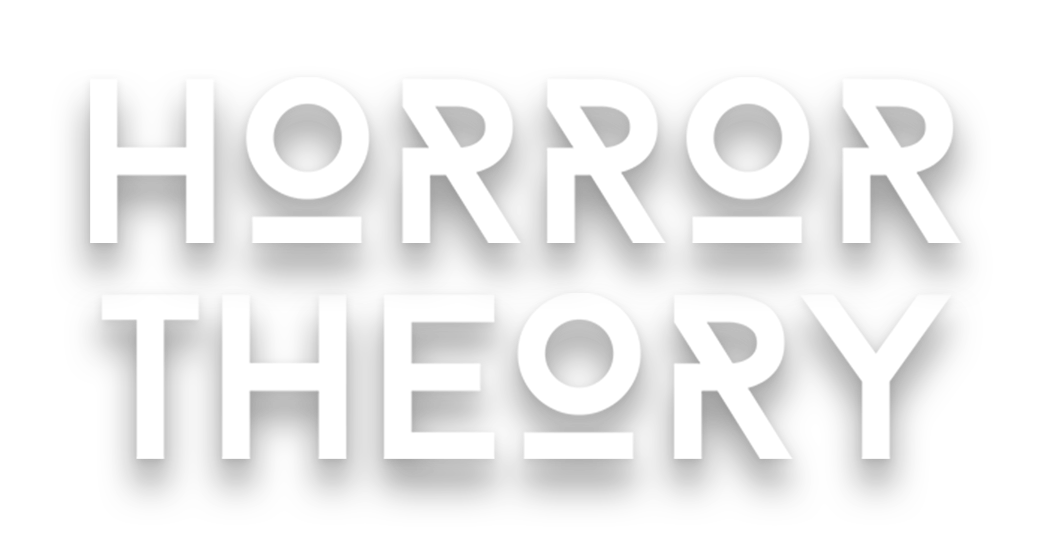Set at a small, run-down orphanage towards the final days of the Spanish Civil War, The Devil’s Backbone is a potent showcase of everything gothic horror enthusiasts adore about Guillermo del Toro’s delicately-crafted storytelling. Del Toro’s third directorial effort is as visually compelling as it is emotionally resonant.
The Devil’s Backbone is a Spanish-Mexican horror film, produced independently by Pedro Almodóvar in Madrid with a $4.5 million budget. Del Toro describes this film as being a sibling film to Pan’s Labyrinth, with The Devil’s Backbone being the masculine “brother” film and Pan’s Labyrinth as the feminine “sister” film.
Like much other acclaimed features in del Toro’s filmography, The Devil’s Backbone tells a tragic story from the perspective of a child– in this case Carlos, a 12-year-old whose father died in the war. Carlos is left at an orphanage located in a hot, dry landscape. His innocent point of view deepens both the dramatic tension and the eerie atmosphere, as the young orphan tries to come to terms with not only the death of his father, but assimilating into his new temporary home and the bullying that it entails.
In the center of the orphanage camp is a mysterious, defused bomb that was dropped years prior. It is said to be unmovable. Carlos learns that on the night the bomb dropped, one of the orphans disappeared and that his ghost still haunts the camp. The short, but suspenseful glimpses of the ghost (referred to by the other orphans as “the one who sighs”) provide effective foreshadowing of the ghoulish confrontation to come later, as the ghost grows more forceful with acquiring what it wants.
Fernando Tielve’s performance as Carlos is superb. From his admittance to the orphanage, he’s resilient, well-spoken and courageous in the face of the camp’s less friendly inhabitants. As the protagonist, he attempts to solve the mysteries hidden in the shadows of the orphanage– who is this ghost and what does he want? Because he always behaves sensibly and resourcefully, this bodes well for the audience who experiences the film through his eyes.
Scares are secondary to the film’s melodrama. Del Toro’s genre-bending style makes it easy to get lost in the story without being taken out with jolts of cheap scares. The Mexican filmmaker masterfully builds on the eerie atmosphere that provoke varied emotions. Various elements of the film– the defused bomb, the gold stashed in a safe, the water reservoir in the cellar, the ghost itself– all further contribute to the film’s hauntingly poetic aurora.
As The Devil’s Backbone takes place during a civil war, the film makes references to the political conflict that has put them in their situation. The aging couple who operates the orphanage are aligned with the Republican loyalists. But because the protagonist, Carlos’ understanding of the world is so limited, the politics never step forward from the background. And somehow, the film’s portrayal warfare and adult aimless bickering display how much more childish the adults seem compared to the younger, comic book-obsessed orphans.
The Devil’s Backbone sets out to answer the question posed in its opening monologue– What is a ghost? And it does so with no shortage of twists (involving romantic entanglement, bureaucratic disagreements and “the one who sighs”), however predictable some viewers might find them. The rises and falls of the period piece will fully occupy your attention for its 107-minute runtime.
The brilliant Criterion Collection version of The Devil’s Backbone can be purchased right here.

[…] Parallels have been noted between “Sinister 2” and Stephen King’s “Children of the Corn.” However, Bughuul’s second cinematic outing seems to more closely resembled the work of Guillermo del Toro– one of the greatest fantasy/horror filmmakers of all time. The tone is dark and abstract, but there’s a very distinct human component to the young protagonists. The ghostly child from “Sinister 2” even resembles a similar character in del Toro’s gothic horror masterpiece, “The Devil’s Backbone.” […]